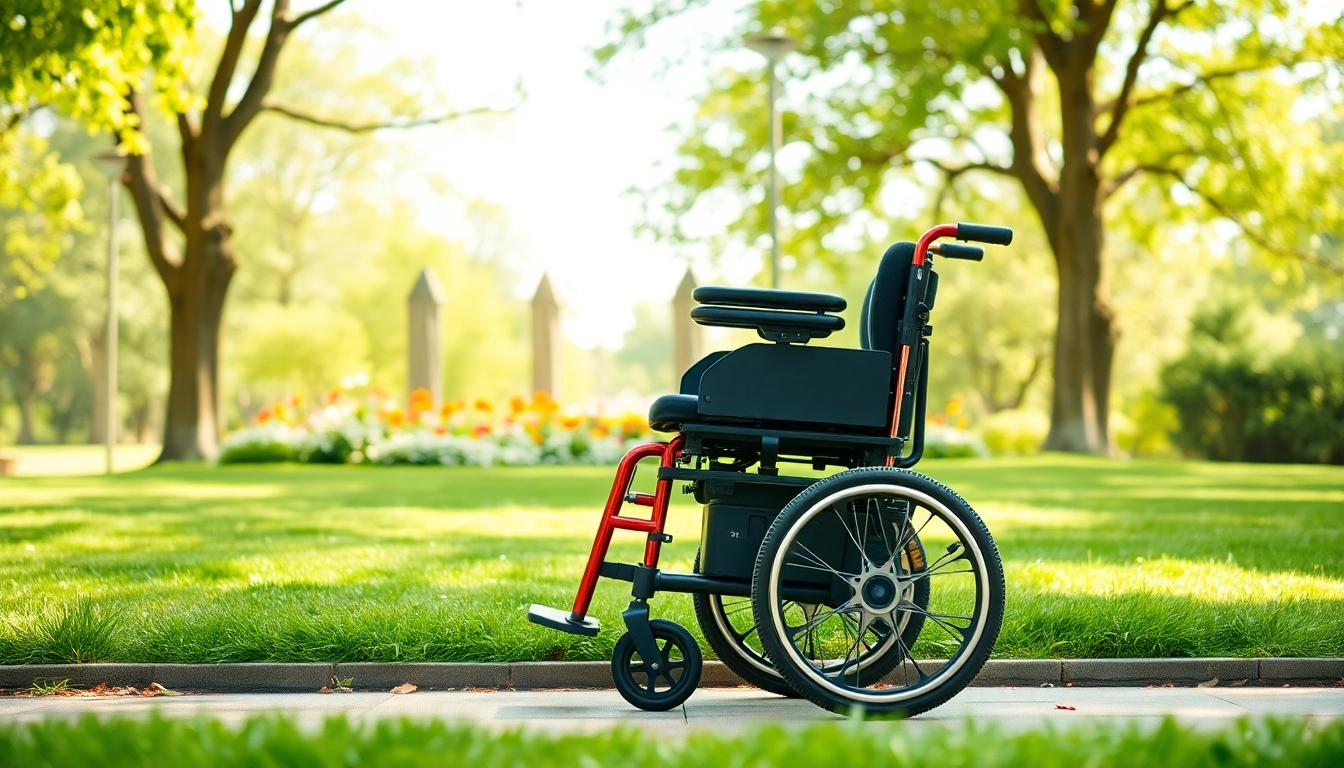Grief is a universal human experience, yet it is deeply personal and can manifest in various ways depending on the individual and the nature of their loss. Whether dealing with the death of a loved one, a significant life change, or even the loss of a pet, understanding the complexity of grief is essential for navigating the tumultuous journey ahead. Effective strategies for dealing with grief can help individuals cope, heal, and eventually find peace in their new reality.
Understanding Grief: The Emotional Journey
Defining Grief and Its Stages
Grief is often defined as a natural response to loss, encompassing a wide spectrum of feelings, thoughts, and behaviors. While countless theories exist about the process of grieving, one of the most widely recognized models is the Kübler-Ross model, which identifies five stages of grief: denial, anger, bargaining, depression, and acceptance. These stages are not necessarily linear; individuals might cycle through these phases multiple times or may experience them in a different order, emphasizing the complexity and individuality of the grieving process.
Common Reactions to Loss
When grieving, individuals may experience a myriad of emotional responses including sadness, confusion, anxiety, anger, and even relief in certain situations. Physical reactions may also occur, such as fatigue, changes in appetite or sleep patterns, and unexplained aches. Cognitive effects might manifest as difficulty concentrating or memory challenges. Understanding these common reactions is essential for both the grieving individual and their support network, as acknowledging these feelings can be a crucial first step toward healing.
The Importance of Acknowledgment
Acknowledging grief is an essential part of the healing process. This means allowing oneself to feel the pain of loss rather than suppressing the emotions. Engaging in rituals such as memorial services or personal ceremonies can be a beneficial way to accept and honor the loss. Sharing memories and talking about the deceased can help individuals embrace their feelings and encourage connection with others who may be experiencing similar losses.
Healthy Coping Mechanisms for Dealing with Grief
Engaging in Physical Activity
Physical activity can significantly affect mental health and well-being, particularly during times of grief. Exercise releases endorphins, which are chemicals in the brain that act as natural painkillers and mood elevators. Whether it involves a gentle walk or more vigorous activity, maintaining physical movement can help individuals manage emotional turmoil. Moreover, group activities such as joining a fitness class or participating in community sports can foster social connections that are invaluable during the grieving process.
Reaching Out for Support
Isolation often accompanies grief, but reaching out for support is crucial. This can involve talking to family and friends, joining support groups, or seeking professional help. Collaborative healing environments allow individuals to express their feelings, share experiences, and learn from others facing similar challenges. Facilitation by trained professionals in support groups can aid in navigating the complexities of grief and foster a sense of community that normalizes the grieving process.
Expressing Emotions through Writing or Art
Creative expression can serve as a therapeutic outlet for grief. Writing in journals, composing letters to the deceased, or engaging in art projects can help individuals articulate feelings that may be difficult to express verbally. Art therapy, in particular, allows grieving individuals to explore their emotions through creative mediums, providing a constructive way to process their thoughts and invoke feelings of calm and resolution.
Supporting Others: Helping Someone Deal with Grief
Recognizing Signs of Grief in Others
Recognizing the signs of grief in friends or family members is essential in providing support. Common indicators include withdrawal from social interactions, changes in behavior, difficulty concentrating, and display of intense emotions. Being aware of these signs enables loved ones to approach the grieving individual with compassion and understanding, avoiding actions that may inadvertently dismiss their feelings.
Effective Communication Techniques
Communicating with someone in grief requires sensitivity and openness. Listening actively without offering unsolicited advice or attempting to ‘fix’ the situation is key. Instead, validate their feelings by acknowledging their pain and expressing your willingness to support them. Simple statements such as “I’m sorry for your loss” or “I’m here for you” can provide immense comfort. Avoiding clichés or overly simplistic solutions is important, as they may minimize the individual’s experience.
Resources for Grieving Friends
Offering resources can also help those in grief. This may include providing information about local support groups, mental health professionals, or writing resources that can assist in articulation of their emotions. Helping them explore options for counseling or therapy can also provide avenues for healing. If they express a desire for privacy, simply letting them know you’re available when they need support can reinforce their sense of connection.
Navigating Grief: Long-term Strategies
Creating New Routines
Establishing a new daily routine can provide much-needed structure in the wake of loss. Routines help in managing anxiety and uncertainty by introducing predictability into daily life. Whether it’s through regular exercise, meal planning, or setting aside time for self-care practices, creating small routines over time can support emotional stability and foster resilience.
Setting Personal Goals
Setting and achieving personal goals can be a powerful way to instill a sense of purpose and direction after loss. These goals can range from personal development objectives, such as learning a new skill or hobby, to more substantial aspirations, like pursuing educational endeavors or career changes. Focusing on goals can motivate individuals to engage with life again and foster a renewed sense of hope and achievement.
Finding Meaning After Loss
Finding meaning in the aftermath of loss is crucial for personal healing. This might involve reflecting on the valuable lessons learned from the deceased, carrying on their legacy, or becoming involved in community service that honors their memory. Engaging in activities that contribute to the well-being of others can lead to a profound sense of fulfillment and purpose.
Seeking Professional Help: When to Consider Therapy
Types of Therapy for Grieving Individuals
Several therapeutic approaches can be beneficial for individuals grappling with grief, including cognitive-behavioral therapy (CBT), which helps in reframing negative thought patterns, and grief counseling specifically designed to guide individuals through their grieving process. Art therapy, music therapy, and narrative therapy are also valuable routes, offering modalities that allow for expression and exploration of grief in a supportive setting.
Utilizing Support Groups
Support groups offer grieving individuals a platform for sharing experiences and learning from others who have faced similar losses. These groups can provide validation for feelings, foster understanding, and develop a sense of community. Engaging with others in a safe space can lessen feelings of isolation and reinforce the understanding that grieving is a shared human experience.
Understanding When to Seek Additional Help
Recognizing when professional help is necessary is a sign of strength rather than weakness. If feelings of grief persist beyond a reasonable timeframe or interfere significantly with daily functioning, seeking help from a mental health professional can be life-changing. Signs that additional support may be needed include overwhelming distress, a deep sense of despair, social withdrawal, and an inability to engage in previously enjoyed activities.



